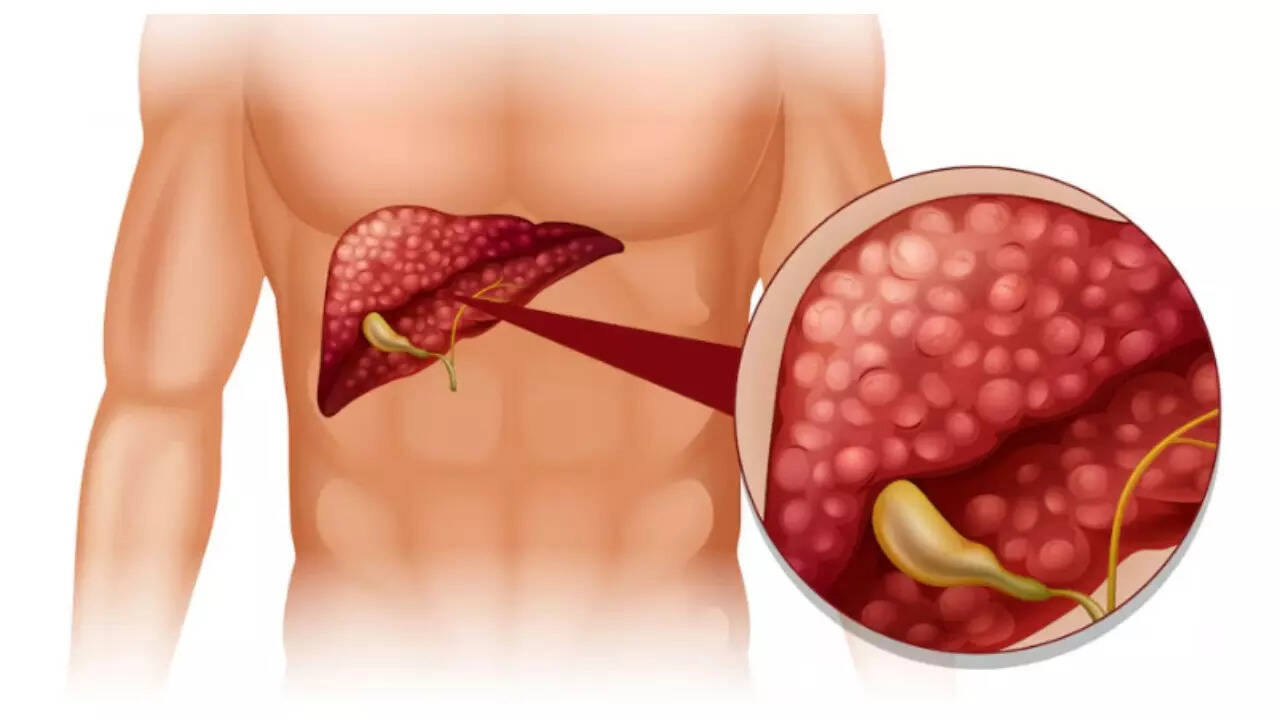Is your kidney healthy? Check it yourself with this simple trick; no test needed |

We rarely think about our kidneys until something goes wrong. These vital organs silently work around the clock to filter waste, regulate fluids, and balance essential minerals in the body. But what if you could assess their function at home, without a lab test? Experts and clinical guidelines suggest that tracking your urine output can be a surprisingly effective way to gauge kidney health. It’s simple, free, and potentially life-saving—especially for those at risk of kidney problems. Here’s what you need to know about this easy self-check method and why it matters more than you might think.
Why urine output matters for your kidney and overall health
Your kidneys constantly filter your blood to remove excess waste, water, and toxins, which are then excreted as urine. That’s why urine output is often used in hospitals as an early marker of kidney function—especially in patients with serious conditions like sepsis, trauma, or dehydration.According to nephrology guidelines and studies published in journals like Critical Care, a normal urine output is around 0.5 to 1 millilitre per kilogram of body weight per hour. This is a reliable indicator used in both critical care and nephrology to assess acute kidney injury and overall renal performance.For instance, if you weigh 60 kg, you should be producing roughly 30 to 60 ml of urine per hour—which adds up to 300 to 600 ml over a 10-hour period. If your urine output consistently falls within this range, it’s a good sign your kidneys are functioning normally.
How to check your urine output at home
You don’t need any special equipment to monitor your urine output, just a clean measuring container and a little time. Here’s a simple step-by-step guide:
- Pick a 10-hour period during the day when you can monitor your urine output without interruptions.
- Use a clean, marked container; a one-litre bottle works well, to collect and measure your urine throughout the day.
- Track the total volume and compare it to your expected output. For a 60 kg person, around 600 ml over 10 hours would be considered healthy.
- Repeat the check once or twice a month, especially if you’re at risk of kidney issues due to diabetes, hypertension, or frequent use of painkillers.
This simple self-check can alert you to potential problems early—before they show up in blood work.
What low urine output could mean for your kidney health
If your urine output is consistently below the expected range, it might signal that your kidneys are not filtering waste efficiently. Low output could indicate dehydration, reduced blood flow to the kidneys, or even early signs of kidney dysfunction. According to the National Kidney Foundation, reduced urine production is one of the key symptoms of acute kidney injury and should be taken seriously if it persists.Common signs that may accompany poor kidney function include:
- Swelling in the legs, ankles, or face
- Fatigue or weakness
- Foamy or dark-coloured urine
- Nausea or difficulty concentrating
Urine output: A helpful self-check, but not a substitute for kidney diagnosis
While urine output is a helpful indicator, it’s not a replacement for clinical tests like serum creatinine or estimated glomerular filtration rate (eGFR). If you notice abnormal patterns—either too little or too much urine output—or experience symptoms like swelling, persistent fatigue, or unusual urine changes, consult a healthcare provider for a full kidney function assessment.Monitoring your urine output is a simple, cost-free way to gain insight into your kidney health. It’s a habit worth building—especially if you want to stay proactive about your well-being. Just a measuring cup and a few minutes of your time could make a big difference in catching early signs of kidney issues.Also Read: Why Trigeminal Neuralgia is called the suicide disease and how its pain becomes unbearable






